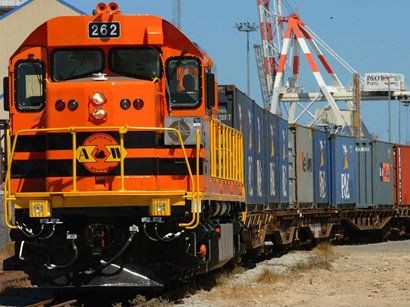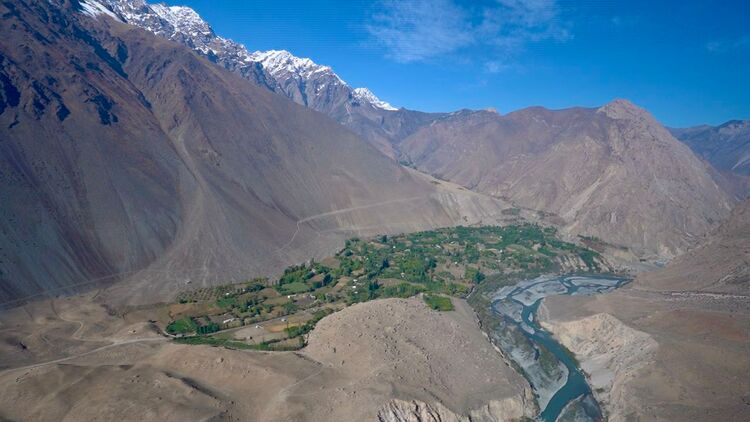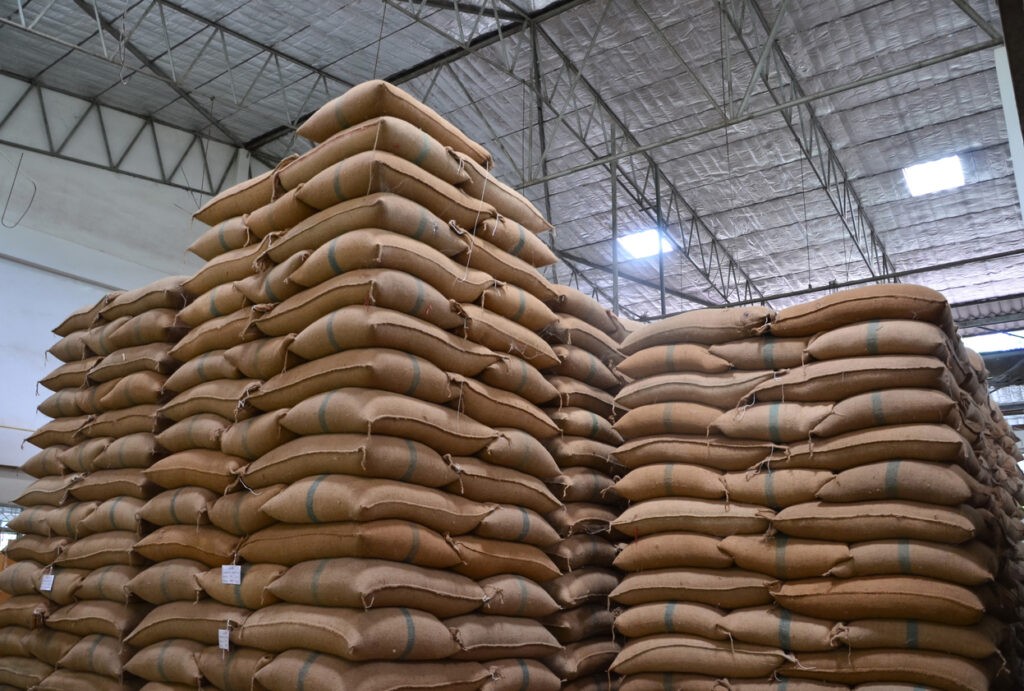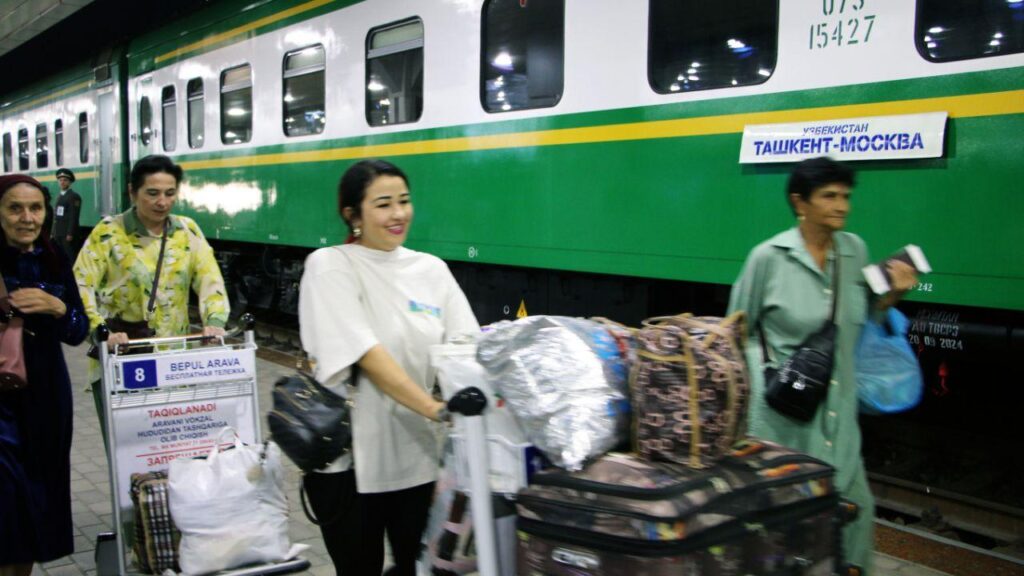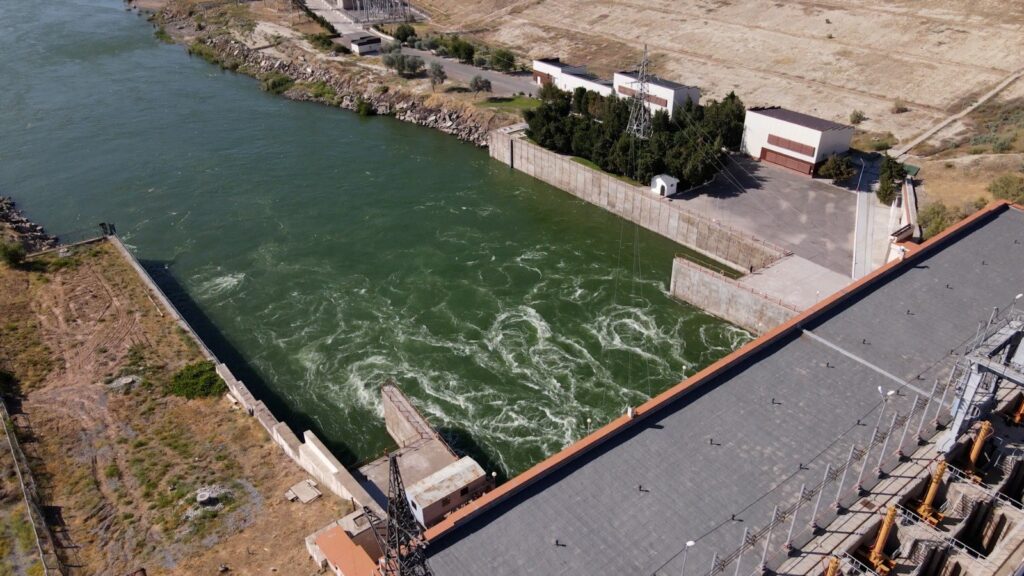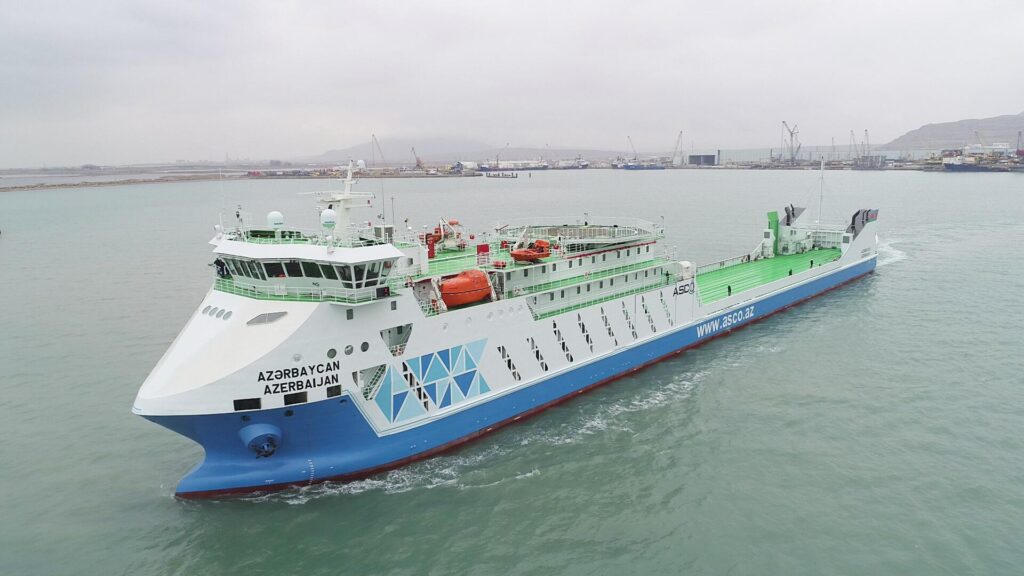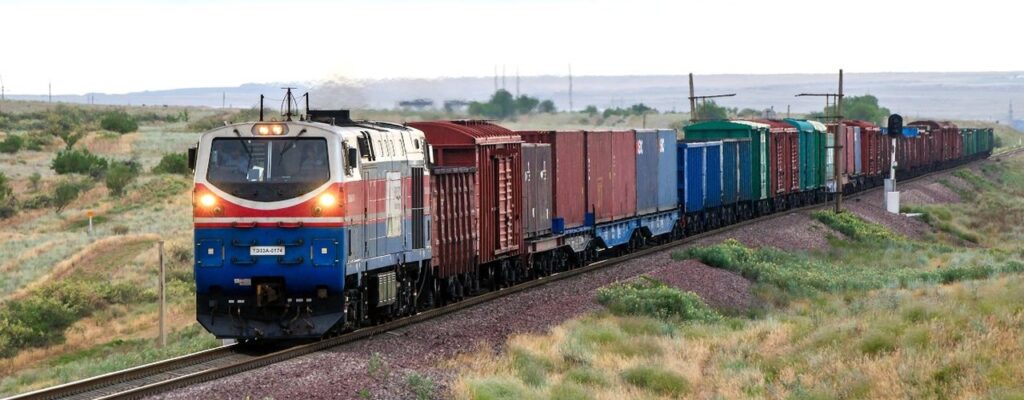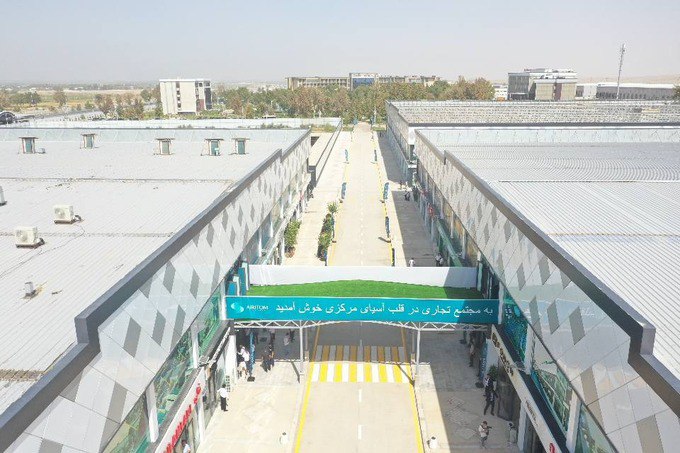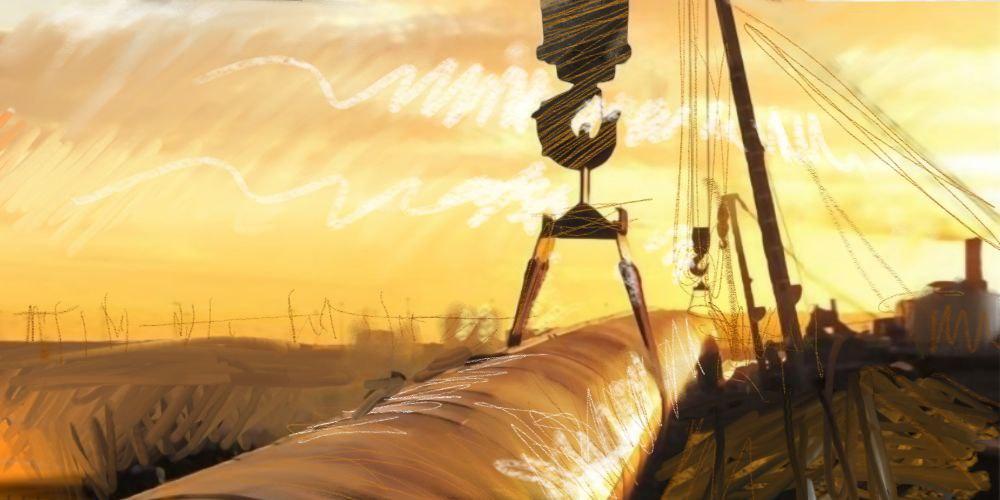ASTANA (TCA) — A delegation of Kazakhstan’s national railway company Kazakhstan Temir Zholy (KTZ), headed by the company’s President Askar Mamin, on February 21 and 22 visited Iran to discuss joint construction of a cargo terminal in Iran’s port of Bandar Abbas and a dry port at the Incheburun rail station on the border between Turkmenistan and Iran, the press service of KTZ said.
These projects will improve logistics for consolidation of transit and export cargo shipments to Persian Gulf ports.
At the meeting with Iran’s railway authorities, the sides confirmed plans to increase rail cargo shipments between Kazakhstan and Iran up to 2.5 million tons this year, using the new railway route Kazakhstan-Turkmenistan-Iran.
The sides supported regular container train shipments from China to Iran via Kazakhstan, and agreed to attract Russian exports to Iran via Kazakhstan’s railways.
The sides also discussed the delivery of Kazakhstan-made Evolution locomotives, passenger and freight railcars to Iran.
Earlier this month the first regular container train running from China through Kazakhstan and Turkmenistan to Iran arrived in Tehran.
The container train departed from Yiwu City in east China’s Zhejiang Province loaded with Chinese small commodities on January 28.
The total length of the China-Kazakhstan-Turkmenistan-Iran railway route is nearly 10 thousand kilometers and the whole journey takes almost two weeks, which is twice as fast as shipment by sea which takes 25-30 days.
The railway route is the shortest cargo transit link between China and the Middle East.
